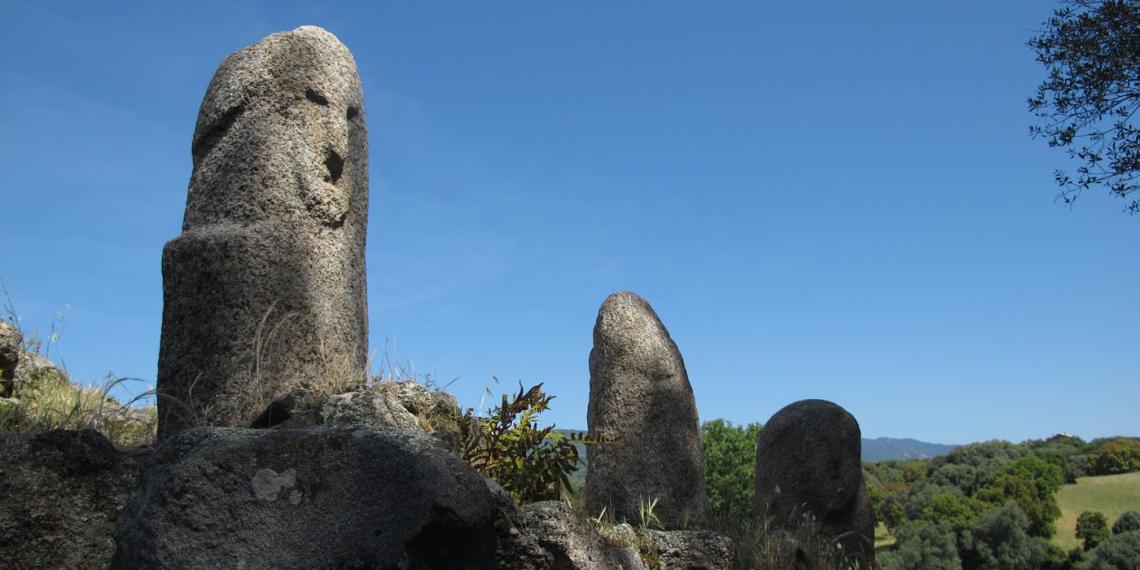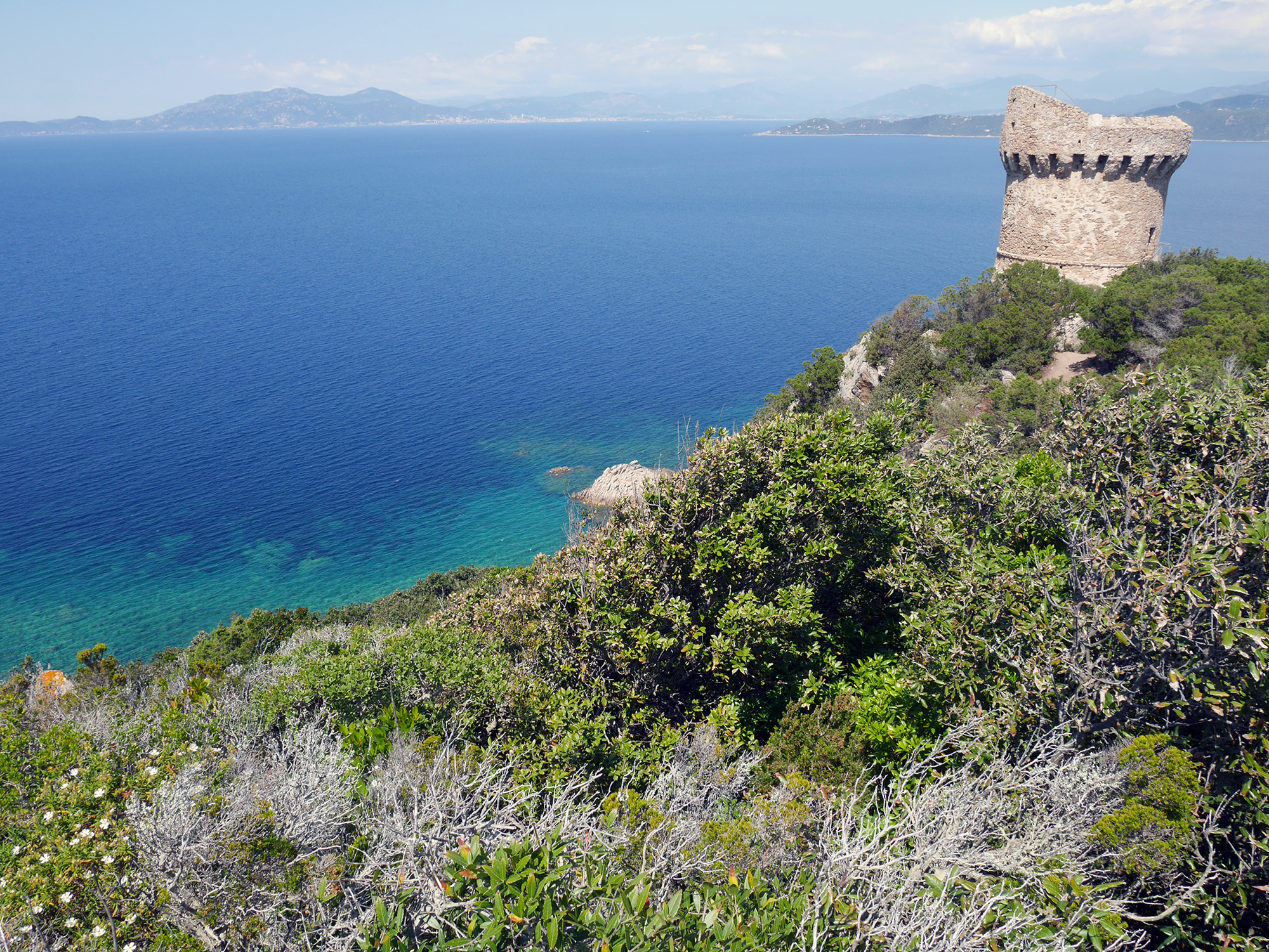

The earliest evidence of Neolithic human inhabitation of the island comes in the form of Dame de Bonifacio human remains dating back to 6570 BC.
Corsica is also home to many standing stones and dolmens, traces of the Torreens a Bronze age warrior people who lived here around 2000 BC. Sites you can visit include Cauria near Sartene and Filitosa in the Valinco.






